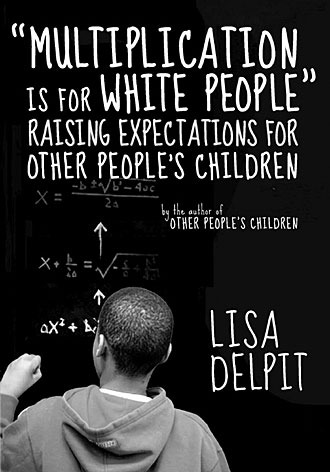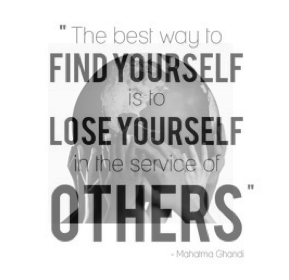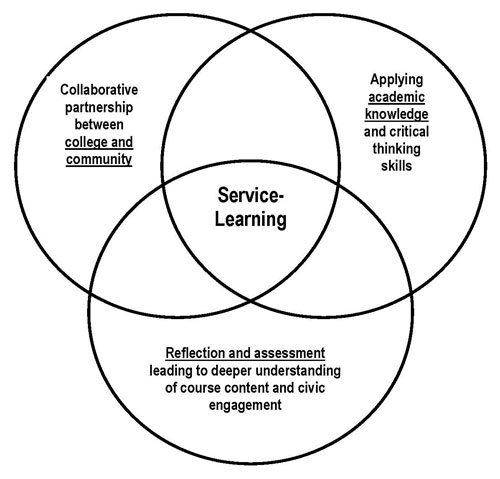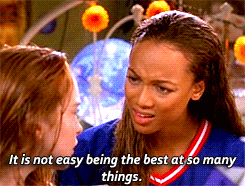“They want to ensure that the school provides their children with
discourse patterns, interactional styles, and spoken and written language codes
that will allow them success in the larger society” (29)
School
is initially designed to suit children that are raised by families that are
apart of the culture of power. They already assume that children are
equipped with information they will need to thrive in society. Due to
this assumption, the curriculum revolves around what its like in a classroom
setting rather than emphasize what they need in
the real world. Instead of learning the rules and codes to
get ahead, the children that come from lower class families are set a
part. Families that are not apart of the culture of power fear
that their children will fall behind even more than they are at the start of
school. School systems need to acknowledge that school is not just about
academic knowledge but also knowledge for the real world. Not every
student will understands the rules and regulations that are valued in society.
As said in Delpit's work, these children already understand how to be
diverse now they just need to make sure they understand how to act in white dominant world.
“In other words, the attempt by the teacher to reduce an exhibition of power
by expressing herself in indirect terms may remove the very explicitness
that the child needs to understand the rules of the new classroom culture”
(35)
Teachers will not use their power to the best
of their ability because they fear that they will be too over controlling. The
teacher will avoid using direct instructions in the classroom and will appear
to be less authoritative to the children. This makes it very difficult for
students to learn the expectations of a teacher. Without a sense of
authority, students will not be able to create a relationship with their
teacher that will motivate them to learn. Instead, students will have no
respect for their classroom or teacher and try to take over the class. In order
to use authority properly, teachers must give clear directions to
follow and always makes sure to command rather than be indirect. The authority
will give the students a better understand of what not to do in class and in
their work. In the classrooms I tutor in, the teachers really use their power
to the best of their ability. The teachers use a firm tone when teaching
and instructing the class. The students respond extremely well to the authority
and know what to do at all times of the day.
“Students
must be taught the codes needed to participate fully in the mainstream of
American life, not by being forced to attend to hollow, inane, decontextualized
subskills, but rather within the context of meaningful communicative endeavors;
that they must be allowed the resource of the teacher's expert knowledge, while
being helped to acknowledge their own 'expertness' as well; and that even while
students are assisted in learning the culture of power, they must also be
helped to learn about the arbitrariness of those codes and about the power
relationships they represent."(45)
Delpit
summarizes her entire piece in this one quote. Essentially, Delpit
acknowledges that there is an unspoken issue of students failing
to succeed in society because they have not been properly taught how to.
But Delpit does not believe that the rules and codes of power need to be
forced and imbedded into their brain. The proper resources, opportunities,
and experiences will gradually show them what expectations need to be met in
order to progress. Delpit believes they can use their own experiences to spark their initiation into society. But a teacher will help to guide them in the right direction. If the student is denied these aspects then they will have a hard
time trying to keep up with everyone else.
"There are codes or rules for participating in
power; that is, there is a 'culture of power'" (25).
This is one of the five aspects of power that
Delpit mentions in "The Silenced Dialogue". This provides a
good understanding of what the culture of power actually means. When you
obtain the culture of power, you know what skills you need in order to gain
such privileges. Delpit infers that the culture of power knows the appropriate
ways to talk and write in a social setting. You know exactly what is expected
of you in formal and informal atmospheres. A child that comes from the
culture of power will understand the manners they need in school. They will
know how to respectively speak to an authoritative figure. Their families teach
them the codes and rules of power in order to meet a particular standard
in order to have a successful life.
"I
suggest that schools must provide these children the content that other families from a different cultural orientation provide at home" (30).
I think Delpit is trying to suggest that all cultures should be represented in the classroom. You should not try to separate the children that are not from the privileged group. They are equally capable of learning what the culturally powered students will learn. There is no need to alienate them from others just to teach them the rules of power. Instead, you can teach both the rules of power as well as the rules and codes found in other cultures. This way every student will essentially be on the same playing field. Every student, no matter what class or race they associate with, will be well equipped with the skills they will need in any situation. In doing so, the classroom will be able to accommodate every student for what they need to learn and become an effective role in society.
To help with this blog, I found a power point and a blog that helped to narrow down the key points in Delpit's work.










